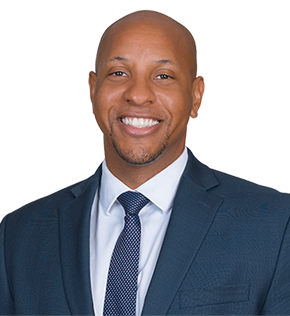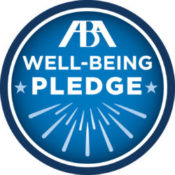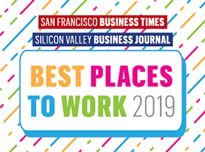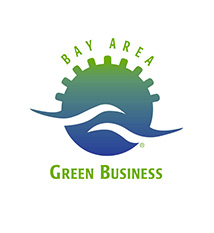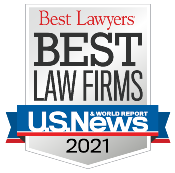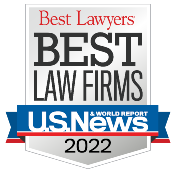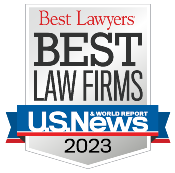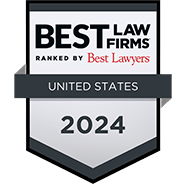New Cal/OSHA Regulations Effective November 30th
By Hoge Fenton | 12.2.2020 | Firm Post
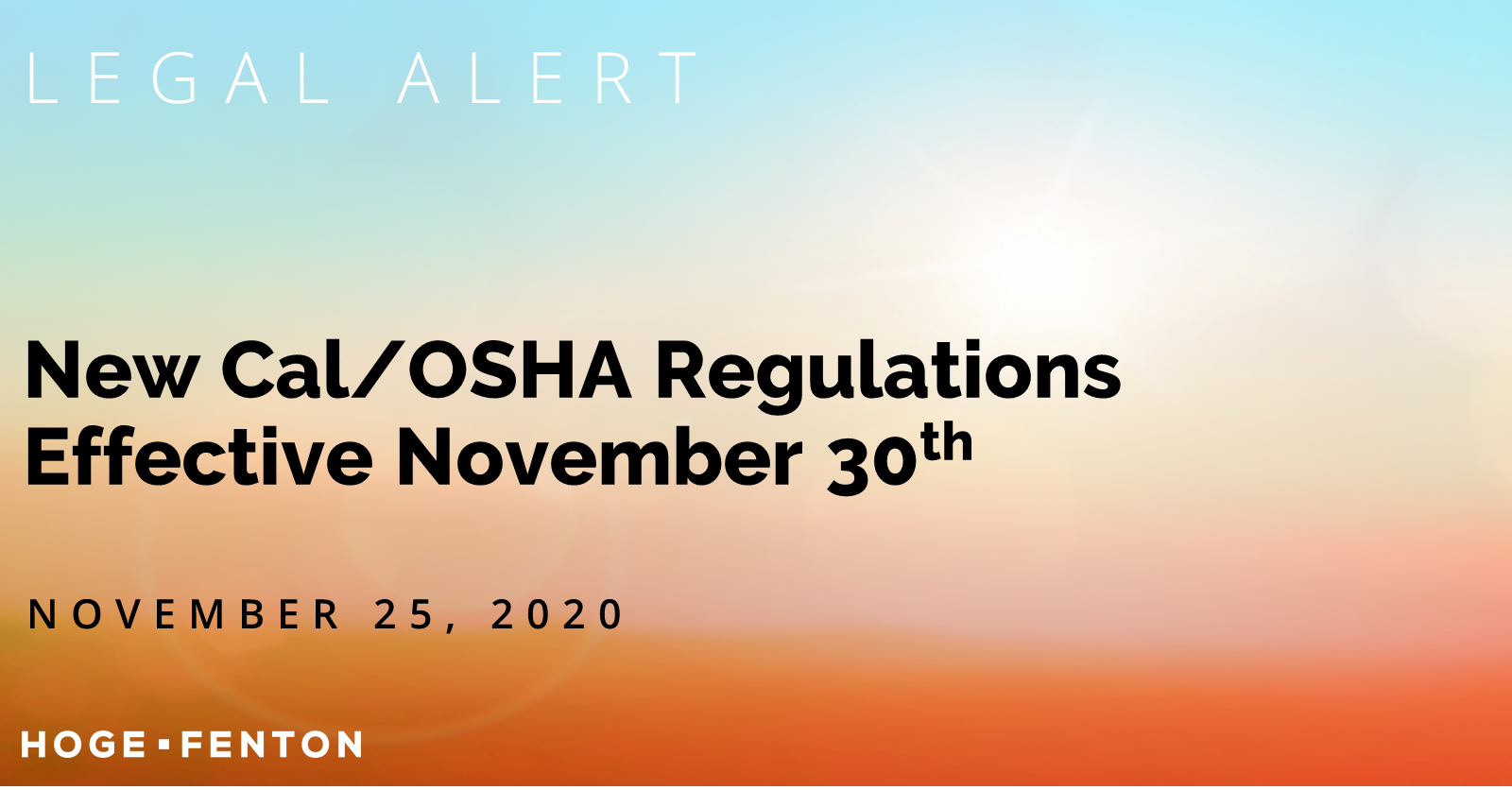
by Jenn Protas, Shareholder and Attorney
Sarju Naran, Shareholder and Employment Law Chair
On Friday, November 20, 2020, the California Department of Industrial Relations’ Occupational Safety and Health Standards Board adopted emergency temporary standards to protect employees from hazards related to COVID-19. Although the emergency standards must be approved by the Office of Administrative Law (“OAL”), the OAL must review and approve the emergency standards by November 30, which, if approved (as is expected), will become effective immediately. This requires California employers to act urgently to implement policies and procedures to comply.
The new emergency safety orders apply to all employees and places of employment in California except (1) places of employment with one employee who does not have contact with other persons, (2) employees working from home, and (3) employees when covered by 8 CCR section 5199 (related to facilities, services, and operations dealing with aerosol transmissible diseases).
The new safety orders would require employers to establish, implement, and maintain an effective, written COVID-19 Prevention Program, which may be integrated into the employer’s Injury and Illness Prevention Program or maintained in a separate document. The COVID-19 Prevention Program1 must include:
- A system for communicating information to employees regarding prevention, testing, symptoms, and a system for reporting exposure without fear of reprisal.
- Identification and evaluation of COVID-19 hazards, including, among other things, screening employees for and responding to employees with COVID-19 symptoms and effectively and immediately responding to COVID-19 positive employees to prevent or reduce the risk of transmission in the workplace.
- Investigating and responding to COVID-19 cases in the workplace, including policies and procedures to identify and give notice of COVID-19 exposure, within one business day, while maintaining confidentiality, and offering testing at the employer’s expense during work hours to workers who may have been exposed.
- Correction of COVID-19 hazards, including correcting unsafe conditions and work practices.
- Providing training and instruction to employees regarding, among other things, COVID-19-related benefits, social distancing, methods of how the virus spreads, wearing face coverings, and handwashing.
- Adopting site-specific strategies to maximize health standards, including solid partitions, outdoor ventilation, cleaning and disinfecting procedures, and providing PPE.
- Reporting, recordkeeping, and access – requiring employers to report workplace COVID-19 cases to the health department when required by law, maintain records of steps taken to implement the written COVID-19 Prevention Program, maintain records and tracking of COVID-19 cases.
- Removing workers who are positive or exposed to COVID-19 from the workplace and maintaining excluded employees’ earnings, seniority, rights and benefits. The employer may use employer-provided sick leave benefits for this purpose and consider benefit payments from public sources in determining how to maintain earnings, rights, and benefits where permitted by law and when not covered by workers’ compensation. The requirement to maintain pay, rights, and benefits does not apply for the period of time the employee is otherwise unable to work for reasons other than to protect employees from transmission, or where the employer demonstrates the COVID-19 exposure was not work-related.
- Criteria for employees to return to work after recovering from COVID-19: When symptomatic, the employee shall not return until (1) at least 24 hours have passed since a fever of 100.4 or higher has resolved without fever-reducing medication, (2) COVID-19 symptoms have improved, and (3) at least 10 days have passed since COVID-19 symptoms first appeared. When asymptomatic, an employee may not return until a minimum of 10 days have passed since specimen collection of their first positive COVID-19 test.
- An employer may not require a negative COVID-19 test for employees to return to work.
Additional testing and notification requirements are set forth in a place of employment with a COVID-19 outbreak (when there are three or more COVID-19 cases in an exposed workplace within a 14-day period) and major outbreaks (20 or more cases within a 30-day period). There are also specific requirements set forth where employers provide housing and transportation to and from work.
1There are additional nuances and requirements not identified here. Please consult the regulations for further details.
A Few Key Takeaways
- You should begin drafting your COVID-19 Prevention program now, since it will likely become required as of Monday, November 30, 2020.
- Without identifying who tested positive, within one business day of learning that someone in the workplace tested positive, you must provide notice of the potential exposure to all employees and independent contractors who were either exposed to the person or present at the worksite during the exposure period.
- All employees who were within six feet of someone who tested positive for a cumulative period of 15 minutes or longer within a 24-hour period need to be put on paid leave for 14 days from the last known exposure.
- You can require the use of sick time, PTO, FFCRA, or other benefit payments from public sources to maintain employees’ pay when they are on leave, but if they have used all those pay benefits, you simply have to continue paying them anyway. That is a bold and abrupt requirement, especially coming from Cal/OSHA through an emergency regulation, and it could create substantial expense for employers.
- You must allow employees to return to work after testing positive once the specified time and symptoms have passed (different criteria based on whether the employee is symptomatic or asymptomatic). You cannot require a negative test before allowing the employee to return to work.
- In the event of an outbreak (three or more positive cases within 14 days), all employees who were in the workplace during the period of the outbreak must be tested twice: (1) immediately, and (2) one week later. Thereafter, all employees who remain at the workplace must continue to be tested at least weekly until there are no more positive cases for a 14-day period.
- In the event of a major outbreak (20 or more positive cases within 30 days), all employees who were in the workplace during the 30-day period must be tested twice per week until there are no more positive cases for a 14-day period.
Meet Our Employment Law Team
 |
Jenn Protas helps employers navigate California’s numerous employment laws and defends employers with an eye toward successful, yet cost-effective resolution. Jenn is a committed advocate for her clients and a tenacious litigator. She defends employers on matters related to wage and hour law, wrongful termination, harassment, discrimination, and retaliation in single-plaintiff litigation, Private Attorney General Act actions, and/or class actions. Jenn’s practice also includes housing discrimination matters and business litigation. |
 |
Sarju Naran is a zealous advocate for his clients and approaches litigation with creativity and strategy. Chair of Hoge Fenton’s Employment Law Group, Sarju’s experience spans from representing middle-market and family-owned closely held businesses to large multi-national companies. He regularly litigates and provides advice and counsel to companies on wage and hour issues, trade secret misappropriation, employee mobility, wrongful termination, performance management, and leaves of absence. |
 |
Embert P. Madison, Jr. is a transactional associate and his practice focuses on real estate, employment advice and counsel, and cannabis regulation. He has represented clients in commercial real estate transactions throughout California, Texas, and Florida. Embert has extensive cannabis regulatory experience representing both local governments and private businesses. He has drafted cannabis business and zoning regulations for nine cities in Northern and Central California. |
This information is provided as an educational service by Hoge Fenton for clients and friends of the firm. This communique is an overview only, and should not be construed as legal advice or advice to take any specific action. Please be sure to consult a knowledgeable professional with assistance with your particular legal issue. © 2020 Hoge Fenton



